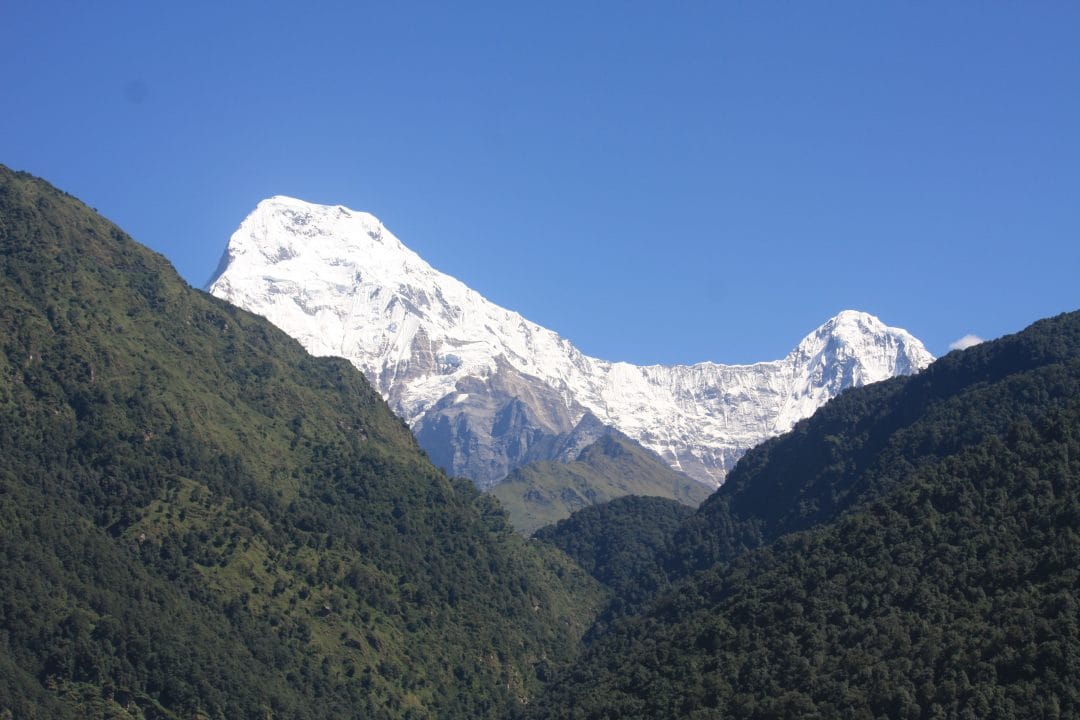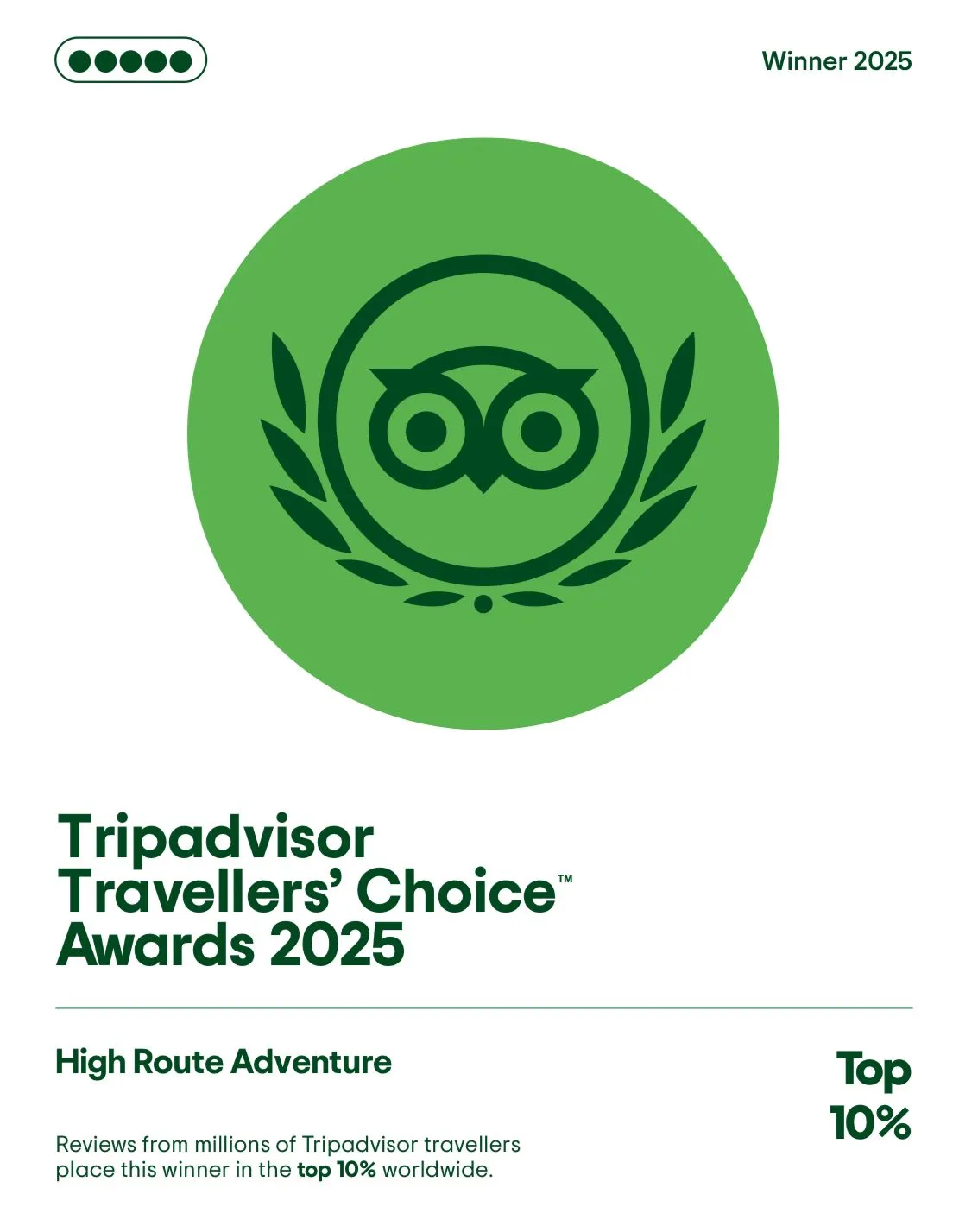Things to Know Before Trekking in Annapurna Region

“Amazing country of dramatic landscapes, spectacular scenery, immense culture”
The Annapurna region is one of the most popular adventure destinations in the entire Himalaya range. This is thanks to its incredible biodiversity—from diverse climates and vegetation to stunning landscapes—and the rich local cultures living in harmony with the breathtaking snow-capped mountains.
What makes the Annapurna Himalayas truly special is the wide variety of adventures it offers. Visitors can choose from short day hikes, multi-week trekking routes, challenging peak climbs, and major mountaineering expeditions. Whether you’re a beginner or an experienced adventurer, Annapurna has something for everyone.
The region’s unique landscapes include deep gorges and ravines, peaceful forests, glacial lakes, and charming villages known for their warm hospitality. Highlights include the world’s largest natural rhododendron forest, the deepest gorge carved by the Kali Gandaki River, and dramatic shifts in climate and temperature.
Wherever you travel in the Annapurna Himalayas, you’ll be surrounded by stunning views of rolling green hills, lush valleys, and towering snow-covered peaks. This spectacular combination of natural beauty and cultural richness draws more trekkers and visitors than almost any other Himalayan destination. It’s no surprise that parts of the Annapurna region are ranked among the world’s top ten adventure destinations.
Table of Contents
Annapurna: A Massive Range of Majestic Peaks
The Annapurna mountain range is a massive and stunning group of peaks in Nepal, featuring more than eight high mountains. Its highest peak, Annapurna I, stands at 8,091 meters, ranking as the world’s tenth tallest mountain. The range also includes several satellite peaks above 7,000 meters, along with the famous and iconic Machhapuchhre Himal—also known as the “Fish-Tail” due to its unique twin summits. This peak remains unclimbed and holds a special place in Himalayan lore.
The Annapurna range dominates the skyline of Nepal’s Mid-West region and offers breathtaking views of the surrounding valleys, including the popular city of Pokhara. Visitors can enjoy these majestic mountain views while relaxing by the serene waters of Phewa Lake or Begnas Lake, making Pokhara a perfect base for mountain lovers.
The Annapurna Himalayas stretch close to the Lamjung Himal and connect with the impressive Manaslu Himalaya range—the world’s eighth highest—towards the east. To the west lies the towering Dhaulagiri range, home to the world’s seventh tallest peak, adding to the grandeur of this Himalayan corridor.
History of Annapurna Himalaya
The name itself originates from ancient Sanskrit meaning Anna as food/crops and Purna as Enough, a mountain with great meaning crops/food enough.
Most travelers might not be aware that Mt. Annapurna was the first 8, 000-meter peak ever climbed in the history of mountaineering, which was conquered way back in 1950 by a French Expedition three years ahead than Mt. Everest was summited by Tenzing and Hillary.
Annapurna Himalaya is the land of the brave Gorkha, world-renowned soldiers mostly in British and Indian infantry, and the area around mid and high hills inhabited by Gurung and Magar people one of the largest mountain ethnic tribes.
Annapurna Himalaya Region: A Wide Range of Exotic Destinations
The Annapurna Himalaya region is the perfect choice for adventurers of all levels, offering everything from short, moderate walks to challenging long treks. Throughout your journey, you’ll be surrounded by stunning views of snow-capped peaks while experiencing the vibrant cultures of local mountain and hill communities.
Known as one of Nepal’s most popular trekking destinations, the Annapurna region offers a wide range of trails—from well-known routes like the Annapurna Circuit to hidden, off-the-beaten-path trails in the high Himalayas. Some of these treks are even listed among the world’s top ten adventure destinations by leading travel magazines and guidebooks.
The Annapurna Circuit Trek is a highlight, taking you through diverse landscapes over two weeks or more. You’ll trek from lush sub-tropical paddy fields and terraces to cool alpine hills, finally reaching the icy, rugged terrain of glaciers and moraine fields. Along the way, you’ll encounter rich cultural diversity, with Hindu communities in the lower regions and Buddhist traditions in the higher altitudes.
One of the trek’s most breathtaking moments is crossing Thorong-La Pass at 5,416 meters. From here, you’ll descend into the Kali Gandaki River valley near Lower Mustang, known as the Apple Pie Trail for its famous apple orchards. This area lies on the ancient Trans-Himalayan salt caravan route to Tibet, offering cultural insights and scenic beauty. The Kali Gandaki Gorge is the world’s deepest river gorge, nestled between the towering peaks of Dhaulagiri and Annapurna.
Another incredible trek in the region leads to Tilicho Lake, a hidden gem off the main circuit. This turquoise lake is considered sacred in both Hinduism and Buddhism and offers breathtaking mountain views in a peaceful setting.
For those seeking shorter adventures, treks to Ghorepani and Poon Hill provide stunning sunrise panoramas of the Annapurna range, including views of Dhaulagiri, Tukuche, Nilgiri, and as far as Mt. Manaslu and the Ganesh Himal in the east.
With so many trekking options and spectacular landscapes, the Annapurna Himalaya region truly offers limitless adventures for every traveler.
Discover the Natural Beauty of the Annapurna Himalaya Region
The Annapurna Himalaya is not only famous for its panoramic mountain views but also for its rich and diverse forests. Trekking through this region, you’ll pass through beautiful woods filled with rhododendron, magnolia, oak, pine, and fir trees. The area around Ghorepani and Poon Hill is even known as the world’s largest natural rhododendron garden, offering colorful blooms during spring.
The southern side of the Annapurna range is covered with dense, lush forests, making the walk peaceful and scenic. In contrast, the northern side is more arid with dry landscapes but still breathtakingly beautiful. Both sides offer unique trekking experiences with plenty of options to explore.
One of the highlights is visiting the Annapurna Base Camp and its stunning Sanctuary—the only base camp of an 8,000-meter peak in the Himalayas. Here, you can stay overnight in cozy lodges with rooms offering spectacular views of towering snow-capped peaks.
The trek to Annapurna Base Camp is a perfect week-long adventure, taking you from warm, low-lying farm areas to the cool Himalayan mid-hills, and finally into the icy, glacier-covered valley of the base camp itself. This dramatic change in landscapes and climate within a short time is unique to the Annapurna region.
Besides the well-known trails, the Annapurna Himalaya also has off-the-beaten-path routes like Khopra Ridge, Vara Lake, and the increasingly popular Mardi Himal trek. These less crowded trails offer peaceful surroundings and fresh perspectives of the majestic Annapurna range, attracting more trekkers each year.
Annapurna Himalaya Villages: Rich in Culture and Tradition
The Annapurna Himalaya is not just a top trekking destination—it’s also a place where you can experience the warmth and hospitality of local mountain communities. Trekkers are often welcomed with traditional greetings and invited to enjoy lively cultural evenings featuring folk dances and songs that showcase the region’s rich heritage.
The Annapurna region gained international fame after the British Royal family visited its lower foothills. In the 1980s, Prince Charles trekked through the eastern outskirts of Pokhara, an area now known as the Royal Trek. The combination of stunning landscapes—forests, hills, and snow-capped mountains—and vibrant local culture has made Annapurna a must-visit destination. Since 1990, the region’s unique flora, fauna, and cultural sites have been protected under the Annapurna Conservation Area Project (ACAP).
Beautiful Pokhara: The Gateway to Annapurna Treks
Wherever your adventure begins or ends in the Annapurna region, it almost always revolves around Pokhara. Nestled in a lush valley surrounded by rolling green hills, Pokhara offers stunning, uninterrupted views of the Annapurna Himalaya and the iconic Machhapuchare (Fish-Tail) Peak, which beautifully reflects on its tranquil lakes.
One of the key reasons the Annapurna region is so popular is the excellent accommodation options available throughout the trek. From simple teahouses to standard lodges and even luxury resorts, trekkers can find comfortable stays suited to every budget along both the northern and southern routes.
The Annapurna Himalaya region isn’t just for trekkers—it also offers exciting opportunities for peak climbing and mountaineering, catering to adventure seekers of all levels.
Pokhara’s natural beauty combined with the region’s diverse trekking and climbing options make it the perfect base for your Himalayan adventure.
Best Season and Accessibility for Trekking in Annapurna Himalaya

During the best trekking seasons in the Annapurna region, most days feature clear, crystal-blue skies from morning until late afternoon. This provides travelers with bright sunshine and spectacular views of the towering Annapurna peaks. Choosing the right time for your adventure here will make your experience more enjoyable and rewarding.
The Annapurna Himalaya region offers trekking opportunities nearly year-round, except during the monsoon season from mid-June to mid-September when heavy rains make trails slippery and less safe.
One reason for the region’s popularity is its easy accessibility. Most southern Annapurna treks start and end in Pokhara, a beautiful city nestled at the foothills of the massive Annapurna range. From here, trekkers can take a short drive to their chosen trailheads and begin treks ranging from short day walks to week-long adventures.
Some treks also begin from the Lamjung district, leading to high-altitude destinations like Manang Valley on the Annapurna Circuit, Tilicho Lake, and the remote Nar-Phu region.
No matter your trekking style or experience, the Annapurna Himalaya region offers accessible and unforgettable routes for every adventurer.
Trekking Permits and Safety in Annapurna Himalaya
To preserve this beautiful region and ensure the safety of trekkers, all visitors must obtain the required permits before entering Annapurna Himalaya. This includes the Annapurna Conservation Area Permit and the Trekking Information Management System (TIMS) card, issued by the Trekking Agents Association of Nepal (TAAN).
Annapurna is one of the few trekking areas in Nepal with well-maintained trails, strong suspension bridges for river crossings, clear information posts, and checkpoints to support the safety and convenience of all adventurers.
Posted on








